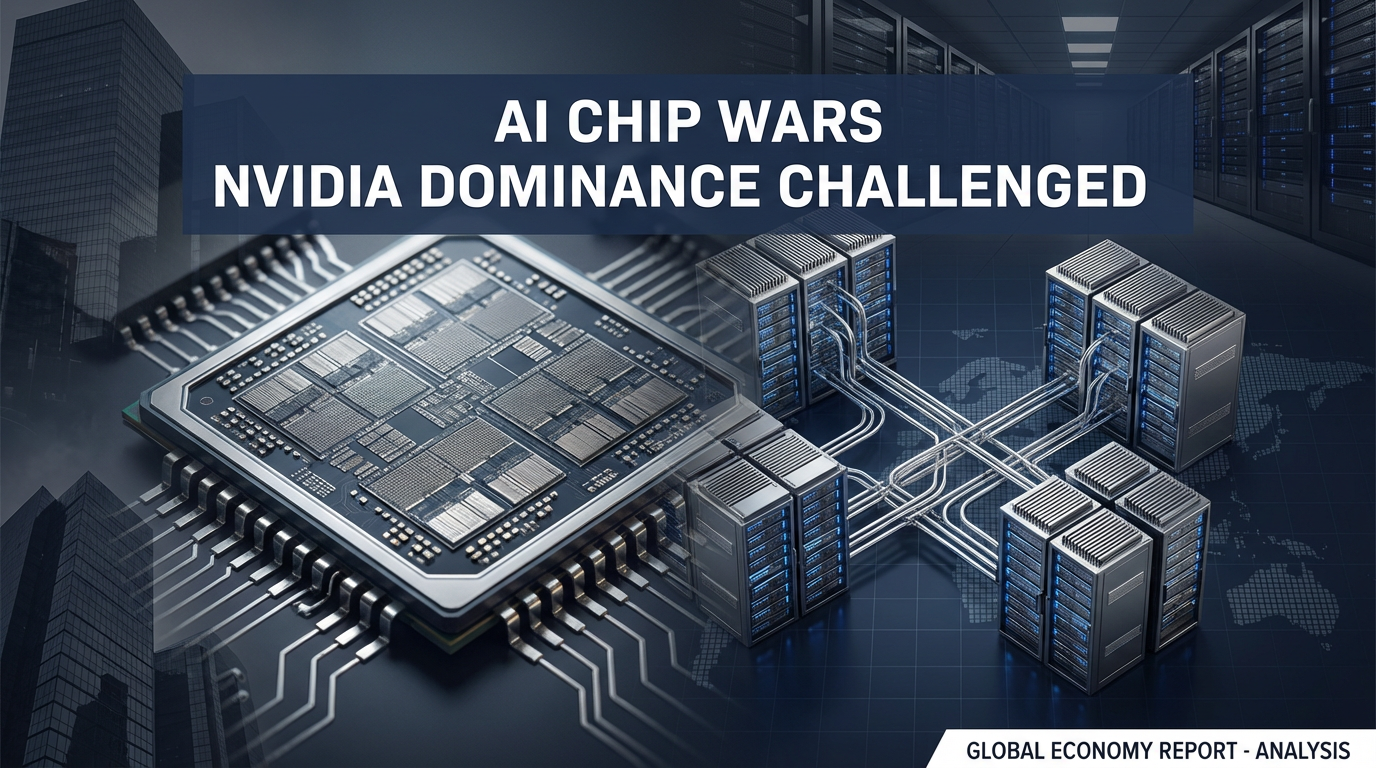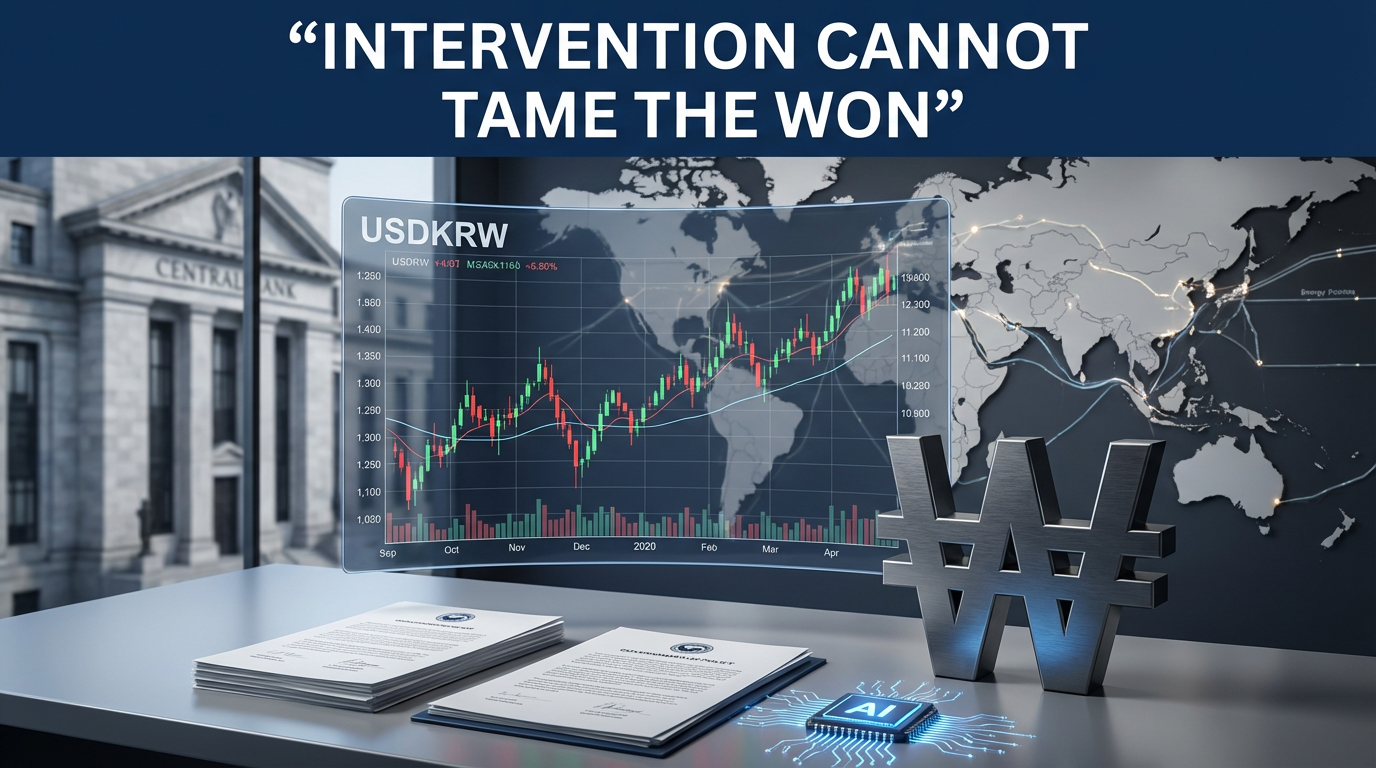● Trump’s SHOCKING Game Plan REVEALED
Trump’s Stock Market Correction Operation? All About U.S. Debt, Trade War Developments, and Interest Rate Fluctuations
[1] U.S. Debt Repayment and Refinancing Burden
The U.S. government has $7 trillion in debt due within the next six months.
It faces the situation of having to repay this debt all at once or borrow the money again.
The cost of financing during refinancing is determined by market interest rates.
The burden of raising funds is distinctly different during periods of high 10-year Treasury yields and periods of low yields like now.
Thus, the debt issue has a serious impact on U.S. fiscal stability.
[2] Treasury Yield Fluctuations and Funding Costs
There was a time when the 10-year Treasury yield soared to 4.8%.
Recently, it has fallen to around 4.24%.
When interest rates fall, the U.S. government’s interest burden decreases when borrowing new money.
This plays a crucial role in economic prospects, interest rate fluctuations, and resolving debt issues.
[3] Trump’s Strategy of Creating Market Fear and Trade War
There is speculation that Trump is deliberately inducing a stock market correction.
Creating instability in the market has the effect of making investors prefer safe assets such as bonds over stocks.
The rise in bond prices -> leads to a fall in interest rates, allowing the U.S. government to refinance its debt more cheaply.
At the same time, a strategy to lead negotiations advantageous to the United States by putting trade wars and tariff wars forward can also be seen.
[4] Stock Market and Bond Market Trend Analysis
The fact that the NASDAQ index has shown a downward trend since January 2025 and
the sharp rise in the price of the U.S. Long-Term Treasury ETF are noticeable.
This is a signal that the market is reacting sensitively to external shocks such as trade wars.
This phenomenon symbolizes economic instability factors appearing not only in the stock market but also in the bond market.
[5] Future Economic Prospects and the Hidden Side of Trump’s Policies
From Trump’s perspective, he has high popularity within his initial term and a defense base is prepared.
Even if signs of an economic recession appear later,
it is expected that he will be able to shift responsibility and revise policies by blaming the previous Biden administration.
Also, if he can lead to results advantageous to the United States in tariff wars with major countries,
positive effects can be expected in the overall economy.
All of these factors combined have the potential to form a long-term recovery momentum after a short-term stock market correction.
Naturally includes the best SEO keywords related to international economy, interest rates, stock market, trade war, and debt issues,
and explains in detail the core points of the current economic flow and Trump’s strategy.
Summary
The U.S. government bears a high refinancing burden due to the $7 trillion debt problem that must be repaid.
Funding costs vary greatly depending on fluctuations in Treasury yields,
and Trump aims for a bond preference phenomenon by inducing fear in the market.
He aims to create a situation advantageous to the United States through negotiation strategies through trade wars and tariff wars.
This strategy is reflected in both the stock market and bond market,
and core economic issues such as economic prospects, interest rates, stock market, trade war, and debt issues are supported.
[Related Articles…]
Trump Strategy Analysis,
Latest Trade War Issues
*Source : [내일은 투자왕 – 김단테] 트럼프가 경기를 일부러 박살내는 진짜 이유

● Samsung’s Been Overtaken! China’s Semiconductor Rise
Analysis of China’s Semiconductor Investment and Technological Competitiveness!
1. China’s Semiconductor Investment and Human Resource Development Started 10 Years Ago
China has been pouring enormous amounts of money into the semiconductor sector for the past 10 years.
There is a clear price competitiveness compared to Korea in terms of investment costs and human resource development.
The Chinese government is concentrating financial support and actively fostering human resources by producing excellent engineers.
In terms of the number of published papers and research achievements, it is showing a 모습 that surpasses Korea in the past.
This will serve as the basis for a rapid transition to AI semiconductors and a self-sufficient system in the future.
2. Technological Competitiveness – The Current State of Korea vs. China
Direct Resistance-Based Memory Technology:
Korea is ranked 3rd, and China is ranked 2nd.
Advanced packaging technology is at a similar level in both countries.
High-Performance, Low-Power AI Semiconductor Technology:
Korea is ranked 3rd, and China is preemptively attacking in 2nd place.
China is also slightly ahead in the fields of power semiconductors and next-generation high-performance 산승 technology.
In terms of basic technological capabilities, China is showing an advantage in basic technology and commercialization capabilities.
3. Manufacturing Process and Self-Sufficiency Strategy
China continues to make efforts to develop its own equipment and technology needed for semiconductor manufacturing.
It reduces costs by utilizing alternative technologies such as DUV (Deep Ultraviolet) equipment instead of EU equipment, and maintains process competitiveness with patterning technology.
Although there are drawbacks such as patterning repetition and process time issues, it is trying to overcome them with government support and research investment.
Korea has already introduced advanced equipment such as EUV equipment to secure stable process competitiveness.
4. Treatment of Human Resources and Outflow of Overseas Engineers
China is attracting excellent engineers with excellent treatment of human resources and high salaries.
Korea lacks such a treatment system, resulting in an outflow of human resources.
As a result, China is steadily gaining an advantage in research and development and technology discovery.
The importance of ‘human resource development’ is further emphasized in terms of investment and human resource development.
5. Global Sanctions and Future Strategies
Although some companies such as Nvidia are affected by U.S. sanctions,
China is accelerating its domestic production expansion and technology development despite the sanctions.
Although there are short-term impacts from sanctions, strategic investments to narrow the technological gap are expected to continue in the long term.
Korea is in a situation where it must focus on developing innovative new technologies and concentrating on next-generation products in order to widen the gap in semiconductor technology.
6. Conclusion – Future Investment Needs and Competitiveness Securing
China is accelerating the construction of AI semiconductor and self-sufficient systems based on massive ‘Chinese investment’ and government support.
On the other hand, Korea still has an advantage in the memory sector, but there are challenges in terms of human resource treatment and commercialization capabilities.
Innovative investment, active research and development, and human resource development strategies are essential to widen the technology gap over the next 5 to 10 years.
As the competitiveness of the entire economy is at stake, a stable investment strategy from a long-term perspective is more important than short-term results.
< Summary >
China has been making massive investments in the semiconductor sector for the past 10 years, accelerating human resource development and technology development.
Compared to Korea, China is superior in several fields such as AI semiconductors and power semiconductors, except for the memory field in terms of technology ranking.
It is also trying to secure competitiveness in the manufacturing process through self-sufficiency strategies and the development of its own equipment, and continues to invest despite global sanctions.
As a result, Korea must widen the gap through long-term investment and the development of innovative new technologies rather than short-term results, and human resource development and securing excellent talent are essential.
[Related Articles… China Semiconductor Investment Status, AI Era, Outlook for Semiconductor Technology Development]
*Source : [신사임당] “삼성은 이미 따라잡혔어요”, 중국 반도체 ‘여기까지’ 왔다 (권영화 교수 / 4부)



